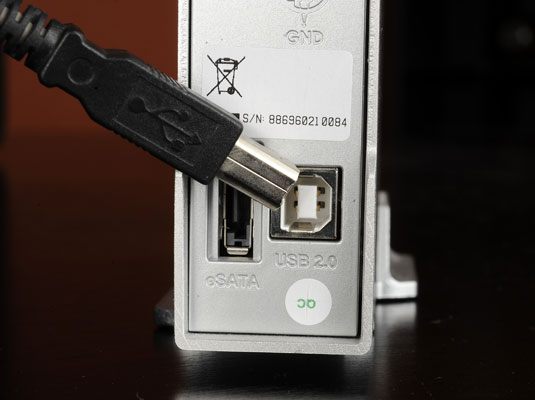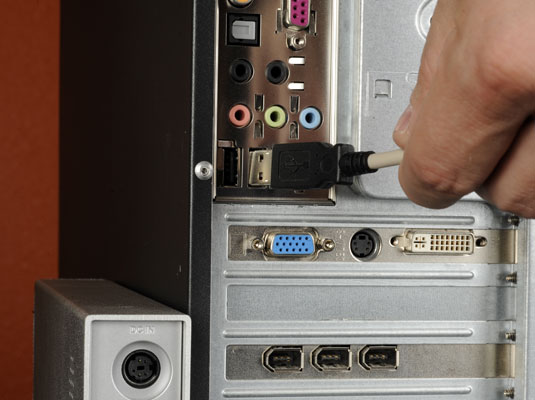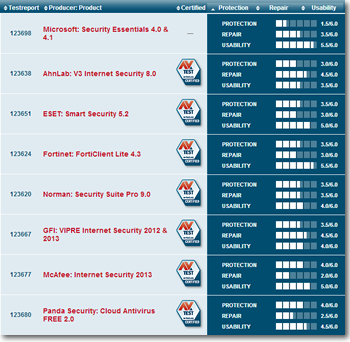The Active Directory Installation wizard offers to
install DNS if the wizard does not detect a proper DNS zone
configuration during the installation of Active Directory. However, you
should not rely on the wizard for these tasks. Many bug reports have
been submitted regarding installation bases that relied on the wizard.
Also keep in mind that the Active Directory Installation wizard does not
install a reverse lookup zone.
The Windows 2000 DNS service can coexist with or migrate other DNS
services, including the popular Berkeley Internet Name Domain (BIND) DNS
service. One great place to find BIND information is the Internet Software Consortium Web site. To migrate from BIND, you must transfer the BIND zone and boot files to the Microsoft DNS service. Windows 2000 DNS can also upgrade or coexist with Windows NT 4.0 DNS servers.
For the exam, you should know how to configure DNS for Active Directory. Here is the procedure.
1. Click Start --> Settings --> Control Panel.
2. Double-click Add/Remove Programs and then click Add/Remove Windows Components.
3. In Components, select Networking Services and then click Details.
4. In Subcomponents of Networking Services, select the Domain Name System (DNS) check box, click OK, and then click Next.
5. In Copy Files From, type the full path to the Windows 2000 distribution files and then click OK.
To host Active Directory, you must properly configure DNS with a zone
for the Active Directory namespace. You should create both zone types
for a proper DNS implementation for your Active Directory namespace —
that is, a forward lookup zone and a reverse lookup zone. Read on to
discover how.Creating a forward lookup zone
To create a forward lookup zone:
1. Click Start --> Programs --> Administrative Tools --> DNS.
Windows 2000 launches the DNS Microsoft Management Console, from which you can perform your DNS administration.
2. Expand the DNS server.
3. Right-click the Forward Lookup Zone folder and choose New Zone.
4. Click Next to continue when the New Zone wizard appears.
The wizard takes the pain out of DNS administration.
5. Ensure that Standard Primary is selected and click Next.
6. Ensure that Forward Lookup Zone is selected and click Next.
7. At the New Zone page, type the name of your zone (for example, fordummies.com) and click Next.
8. Select Create a New File With This File Name and click Next.
9. Click Finish.
Creating a reverse lookup zone
To create a reverse lookup zone:
1. Click Start --> Programs --> Administrative Tools --> DNS.
2. Expand the DNS server.
3. Right-click your server and choose New Zone.
4. Click Next to continue when the New Zone wizard appears.
5. Ensure that Standard Primary is selected and click Next.
6. Ensure that Reverse Lookup Zone is selected and click Next.
7. Ensure that Network ID is selected, type your network ID in the Network ID field, and click Next.
8. Select Create a New File With This File Name and click Next.
9. Click Finish.
As far as Active Directory is concerned, your DNS server is almost
ready. You should now configure the forward and reverse lookup zones for
dynamic updating so that you do not get stuck creating all the records
required for Active Directory yourself!
















